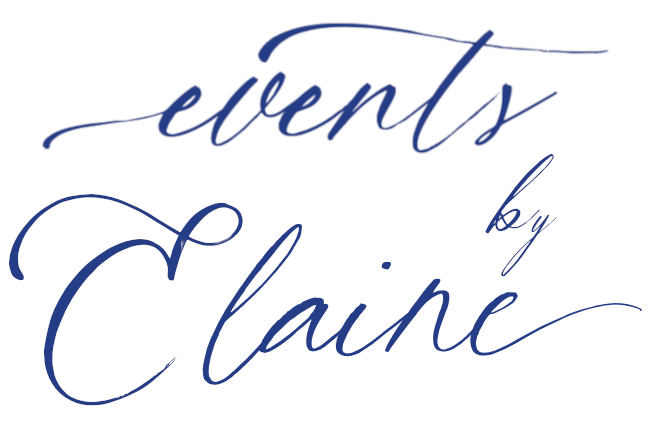Guest Blog: Wedding Traditions in Different Religions
Although religious ceremonies are at an all time low, accounting for just under a third* of all weddings, to many people they are as important as ever.
With couples in inter-faith marriages combining aspects of each other’s beliefs and cultures in their wedding, ceremonies are becoming more and more unique.
Choosing which traditions to use in your wedding ceremony can be difficult as there are so many elements to consider, all of which make for a richer wedding experience.
Kiddushin:
A Jewish marriage is seen as total dedication of the bride and groom to each other. One of the most symbolic aspects of a Jewish marriage is the Seven Circles that take place under the Chuppah. The Chuppah is a covering on four poles which symbolises the bride and groom’s new home that, like Sarah and Abraham’s tent, is open to guests. The groom awaits the bride inside and as she enters, she circles the groom seven times. This symbolises the seven days of Creation and the ‘new world’ the newlyweds are about to create with each other.
Nikah:
The Prophet Muhammad believed simple weddings were the best kind and often Islamic weddings are not extravagant displays of wealth. Following the marriage contract or Aqd-Nikah, there is a celebratory banquet known as a Walima for friends, relatives and neighbours. One lovely tradition is the mahr, the wedding gift from a groom to his bride. This is usually a sum of money which is hers to do with as she wishes, allowing her to be financially independent from her husband.
Vivah Sanskar:
A Hindu marriage represents the start of a couple’s journey together and involves many rituals and traditions. A favoured tradition involves the lighting of a sacred fire and offering a sacrifice of rice to it. The bride and groom then walk around the fire four times, to symbolise life’s four goals: Dharma -religious and moral duties; Artha - prosperity; Kama - earthly pleasures; Moksha - spiritual salvation and liberation.
Tying the knot:
A hand fasting ceremony is an ancient Nordic ritual to celebrate the joining of hands. Today it is used in humanist and civil weddings to mark the union of marriage. The bride and groom clasp hands and coloured ribbons are threaded around and through their hands. If done correctly, when the hands are parted a knot should remain. The colours of the ribbons symbolise different qualities admired by the couple, such as green for fertility and pink for happiness.
Buddhist:
Although a Buddhist wedding is more a social than a religious occasion, the ceremony can be presided over by a monk. Vows vary depending on the couple, but are usually adapted from the Sigalovada Sutta, and said in front of a shrine with an image of Buddha, candles and flowers. In some countries the bride will change outfit several times to show her family’s wealth and an older married couple will often await the newlyweds in the bedroom for good luck.
*Reference
Whether you’re having a religious wedding or a civil ceremony, you’ll want to be sure that your special day is protected. By taking out Wedding Insurance, you’ll be covered if something doesn’t quite go to plan.
John Lewis Wedding Insurance is available for weddings in the UK and abroad so if you are planning on having a Buddhist ceremony in Bali or a Catholic wedding in Canterbury you’ll be covered.
